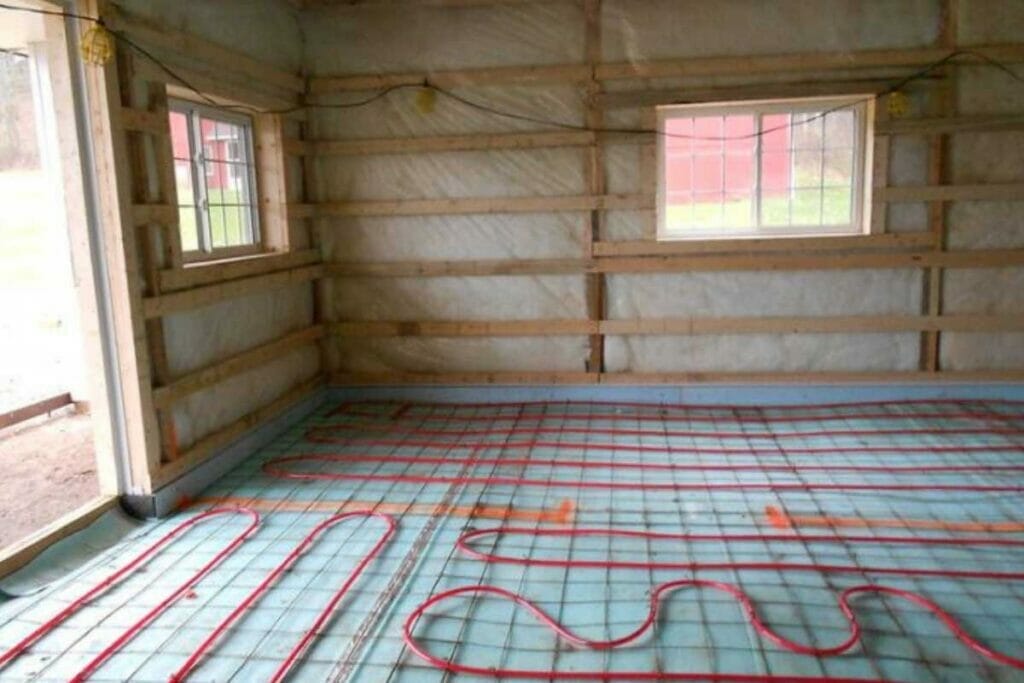Understanding Conductive Concrete
Conductive concrete is a cement-based composite that contains a certain amount of electronically conductive components to attain stable and relatively high conductivity. In essence, the aggregates normally used in concrete can be largely replaced by a variety of carbon-based materials to achieve electrical conductivity in conductive concrete. This is achieved while retaining the desired engineering properties.
Conductive Concrete Properties
- Electrical Resistivity (omega – cm): 1 – 40
- Compressive Strength (MPa): minimum 30
- Flexural Strength (MPa): 5 – 15
- Density (kg/m3): 1450 – 1850

Production and Design
Conductive concrete can be produced using conventional mixing techniques. The mixing process can be controlled, permitting the design of mix formulations that are reliably repeatable and achieve electrical resistivity values within the overall target design range. The conductivity value is stable, with insignificant effects from moisture content, hydration time, and temperature.
Additional Features
- Lightweight: Conventional mixed conductive concrete has approximately 70% density compared to normal concrete.
- Chemical Compatibility: Conductive concrete bonds well with normal concrete if used as an overlay.
- Thermal Stability: Comparable to that of normal concrete.
- Color: Conductive concrete has a darker gray color due to its carbon content.
Applications of Conductive Concrete
Conductive concrete has the potential to address a wide variety of applications in engineering projects. Some notable applications include:
Grounding
Conductive concrete can be utilized for grounding purposes, providing a reliable and effective solution.
Heating
Electrical heating using conductive concrete is highly promising for domestic and outdoor environments. It has excellent potential for de-icing applications in parking garages, sidewalks, driveways, highway bridges, and airport runways. By eliminating or reducing the need for salt, it offers an environmentally friendly alternative. Conductive concrete acts as the heating element, ensuring uniform heat distribution throughout the structure.

Cathodic Protection
Conductive concrete can be used to provide cathodic protection to reinforcing steel in concrete structures like bridges and parking garages. This helps prevent corrosion and extends the lifespan of these structures.
Electromagnetic Shielding
Another application of conductive concrete is electromagnetic shielding. It can be employed to protect sensitive equipment or spaces from electromagnetic interference.
Conclusion
Conductive concrete presents exciting opportunities in engineering applications due to its unique properties and versatile uses. With its stable conductivity, compatibility with normal concrete, and range of potential applications including grounding, heating, cathodic protection, and electromagnetic shielding, it proves to be a valuable addition to the field of engineering. As Smoky Hill Engineering provides affordable and top-quality engineering services, we are well-equipped to explore and implement the potential of conductive concrete in various projects.




